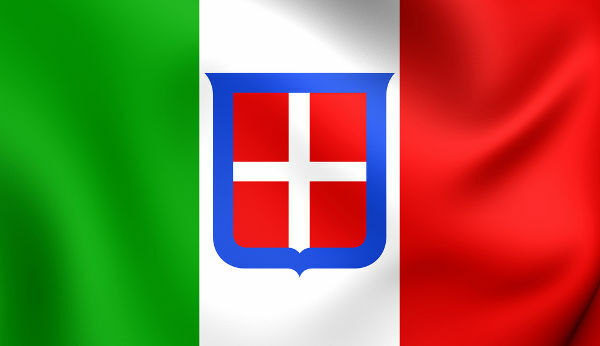THE invasion of norway took place between April and June 1940 and guaranteed control of the Nordic country to the Germans, which represented a strategic victory for Germany during the Second World War. During this invasion, British troops were defeated by the Germans, which resulted in the resignation of the then Prime Minister of the United Kingdom, Neville Chamberlain.
Background
right after conquered poland in September 1939, adolf hitler he had planned to move Nazi troops west and launch the attack on Holland and France in November 1939. However, these invasion plans had to be postponed when Hitler was surprised by the lack of armaments to undertake the campaign.
Thus, the invasion of Holland and France was postponed to January 1940, while armaments reserves were replenished again. However, these plans also had to be delayed in the face of the leak of the Nazis' war strategy, which forced Germany to remake its invasion project.
With the new postponement, the German admiral erich raeder presented Hitler with an alternative plan for conducting an invasion of Norway. Admiral Raeder invited the pro-Nazi Norwegian politician
Vidkun Quisling for a meeting with the leader of Germany to present the strategic importance of dominating the Nordic country. Together, Raeder and Quisling convinced Hitler that the invasion of Norway would be important for:Use the Norwegian coast as a strategic alternative to promote air strikes against British forces;
Ensure control over the flow of Swedish iron production in the port of Narvik.
Thus, convinced of the convenience of this invasion, Hitler, on March 7, 1940, signed the order that began preparations for the attack on the country. Hitler's authorized invasion plan of Norway also included sending troops to promote the invasion of Denmark.
Invasion of Norway
Shortly before the invasion of Norway, the Allies (France and the United Kingdom, at that time) were devising strategies to contain the action of Germany. French Prime Minister Édouard Daladier had proposed landing Allied troops on the coast to strengthen the country's defense and prevent Germany from controlling iron supplies in Narvik. The plan was promptly rejected by Neville Chamberlain, the British prime minister.
In the days prior to the German invasion of Norway, a series of battles raged between the Kriegsmarine (German war navy) and the British Royal Navy. These battles took place near the Norwegian coast and were an indication of German intentions. However, even with clear evidence of these intentions, Norway had not mobilized its armies for the fight.
The German invasion officially started at dawn on 9 April. The Norwegian capital, Oslo, was partially conquered by the paratroopers. With this, the Norwegian king, Haakon, was forced to flee and take shelter inside Norwegian territory. In flight, the king went to a small village called Nybergsund and then moved to Lillehammer. Finally, the Norwegian monarch withdrew from the country, leaving for London.
With the capital in Nazi hands, the country's power was handed over to Vidkun Quisling, who ended up becoming a symbol of betrayal in British and Norwegian cultures. The German attack also promoted landings of soldiers in other parts of the country. These landings led the Allies to organize resistance coalitions.
The Norwegian resistance was only mobilized from 11 April and was hoping that the Anglo-French forces could help them. However, the troops sent by the UK and France to Norway were poor and failed to defeat the Germans. Deployed to positions in central and northern Norway, Allied forces were quickly evacuated, leaving the Norwegians to fend for themselves.
Norwegian surrender
The Norwegian surrender took place only on June 10, 1940, which made Norway the second country that has officially resisted the Nazis for the longest time during the war (only behind the Union Soviet). Control of Norway precipitated in resignation of British Prime Minister Neville Chamberlain.
For the Nazis, conquest of Norway came at a relatively low cost (5,296 Germans died). The conquest guaranteed them control over Swedish iron production, however, the rule of Norwegian territory led to the that the Nazis needed to deploy about 350,000 troops in the region, which hampered Germany's efforts in other fronts of war.
*Image credits: Zoltan Katona and Shutterstock
By Daniel Neves
Graduated in History
Source: Brazil School - https://brasilescola.uol.com.br/historiag/invasao-noruega.htm


